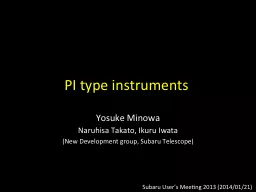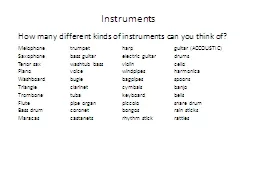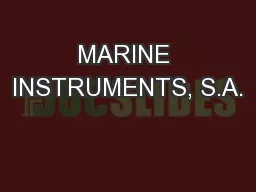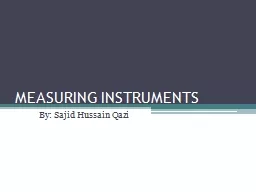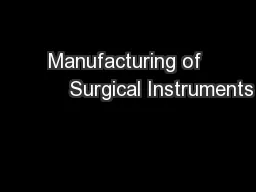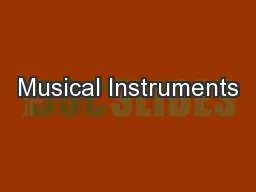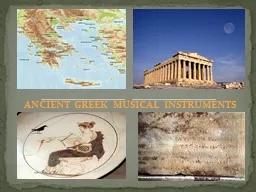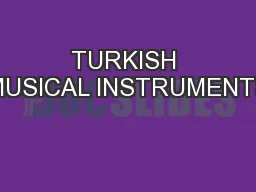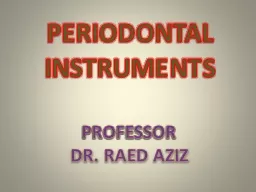PPT-PI type instruments
Author : liane-varnes | Published Date : 2017-06-18
Yosuke Minowa Naruhisa Takato Ikuru Iwata New Development group Subaru Telescope Subaru Users Meeting 2013 20140121 PI type instruments Not necessary to be
Presentation Embed Code
Download Presentation
Download Presentation The PPT/PDF document "PI type instruments" is the property of its rightful owner. Permission is granted to download and print the materials on this website for personal, non-commercial use only, and to display it on your personal computer provided you do not modify the materials and that you retain all copyright notices contained in the materials. By downloading content from our website, you accept the terms of this agreement.
PI type instruments: Transcript
Download Rules Of Document
"PI type instruments"The content belongs to its owner. You may download and print it for personal use, without modification, and keep all copyright notices. By downloading, you agree to these terms.
Related Documents

